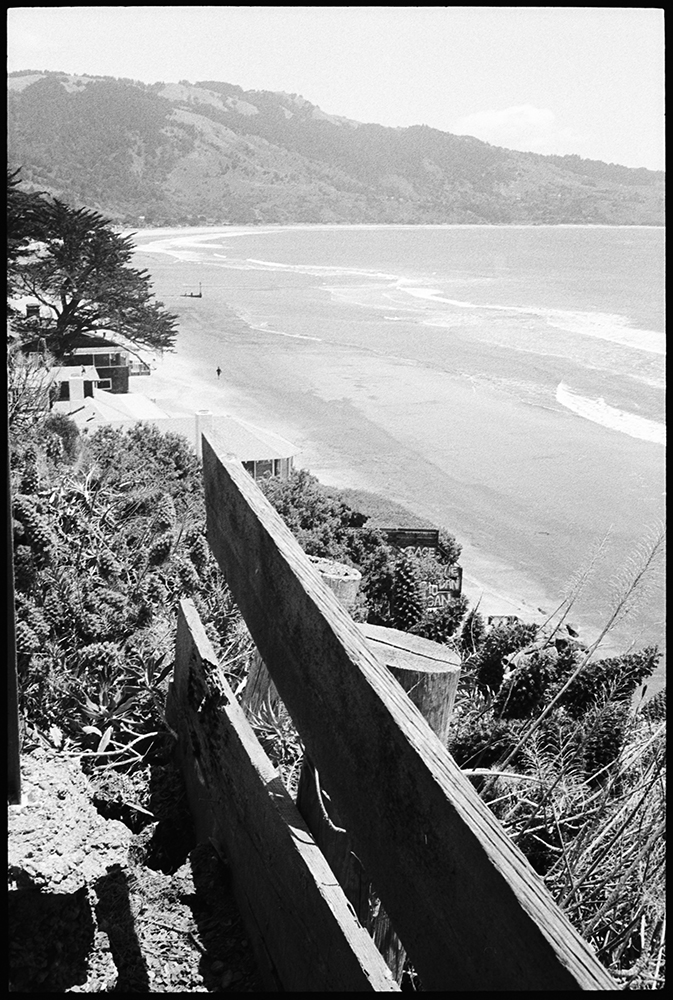Donations to a Bolinas committee devoted to rescuing a portion of road at Surfer’s Overlook, which experts say could collapse without swift intervention . . .
Donations soar to Surfer’s Overlook


Donations to a Bolinas committee devoted to rescuing a portion of road at Surfer’s Overlook, which experts say could collapse without swift intervention . . .